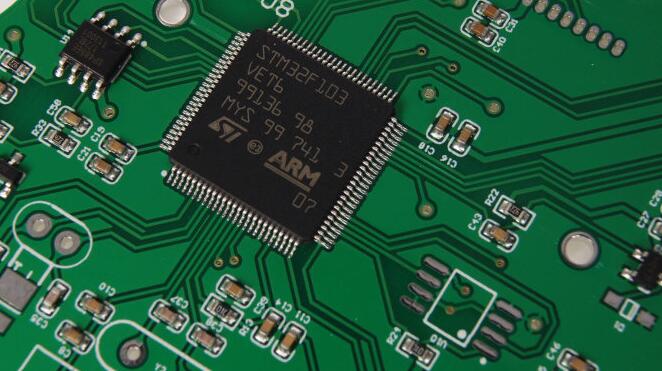Control method of temperature and humidity sensitive components in SMT patch factory
iPCB is happy to be your business partner. Our business goal is to become the most professional prototyping PCB manufacturer in the world. With more than ten years of experience in this field, we are committed to meeting the needs of customers from different industries in terms of quality, delivery, cost-effectiveness and any other demanding requirements. As one of the most experienced PCB manufacturers and SMT assemblers in China, we are proud to be your best business partner and good friend in all aspects of your PCB needs. We strive to make your research and development work easy and worry-free.
In order to ensure the correct use of temperature and humidity sensitive components during smt patching and prevent smt patching components from being affected by moisture and humidity in the environment and using anti-static packaging materials, the following points can be effectively managed and controlled to avoid improper management and control of materials And affect the quality.
(1) Environmental control.
The temperature and humidity sensitive components are used in the workshop. The ambient temperature is between 18~28 degree Celsius, and the relative humidity is between 40%~60%; when stored, the relative humidity of the moisture-proof box is less than 10%, and the temperature is between 18~28 degree Celsius; the material staff every 4 hours Check the temperature and humidity of the moisture-proof box once, and register its temperature and humidity value in the ``Temperature and Humidity Control Table''; if the temperature and humidity exceed the specified range, immediately notify the relevant personnel to improve, and take corresponding remedial measures (such as placing desiccant, adjusting Room temperature or remove the components from the faulty moisture-proof box and put them into a qualified moisture-proof box). The open time or door open time of the temperature and humidity environment of each enclosed area should not exceed 5 minutes to ensure that the temperature and humidity conditions can continue to be within the control range.

(2) PCB process control
a. When unpacking the vacuum packaging of humidity sensitive components on the Smt patch production line, you must wear an electrostatic wristband and electrostatic gloves, and open the vacuum package on a table with good electrostatic protection. After disassembling, check whether the humidity card changes meet the requirements (according to the label requirements on the packaging bag). For smt chip ICs that meet the requirements, add the "Humidity Sensitive Component Control Label" on the packaging.
b. When the production line receives bulk humidity sensitive components, it shall confirm whether the components are qualified according to the "Humidity Sensitive Components Control Label", and give priority to the qualified components.
c. After the humidity sensitive component (IC) is unpacked in the vacuum, the exposure time in the air before reflow shall not exceed the level and life of the humidity sensitive component.
d. For ICs that need to be baked and unqualified, they are handed over to the quality control staff for rejection and returned to the warehouse.
(3) PCB control method
a. Feeding inspection---the moisture-proof bag should be accompanied by a desiccant bag and a relative humidity card, and relevant text warning slogans should be affixed to the outside of the moisture-proof bag. If the packaging is not good, it needs to be confirmed by the relevant personnel.
b. Material storage-Unopened materials should be stored according to the instructions; if the unopened materials need to be returned for storage, they should be baked in a moisture-proof bag and vacuum sealed; if the unopened materials are not used immediately, they should be temporarily stored in a low-temperature oven.
c. On-line operation-unpacking during use, and checking and filling in the humidity indicator card at the same time; filling in the refueling control card and indicating the symbol of the temperature and humidity sensitive component when refueling; the returned materials are dehumidified according to the storage regulations and packed according to the corresponding requirements. Store.
d. Dehumidification operation-select the baking conditions and time according to the humidity level of smt components, environmental conditions, and unpacking time.
At present, the country has higher and higher requirements for environmental protection and greater efforts in link governance. This is a challenge but also an opportunity for PCB factor y. If PCB factories are determined to solve the problem of environmental pollution, then FPC flexible circuit board products can be at the forefront of the market, and PCB factories can get opportunities for further development.